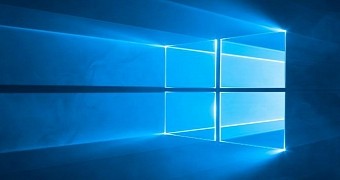Back in April, I wrote about a new policy that Microsoft enforced with the release of Windows 10 May 2019 Update (version 1903), as the company wants a better experience on devices with limited storage.
The software giant increased the minimum storage allowed for new devices launching with Windows 10 May 2019 Update pre-installed from 16GB on the previous version of the OS to 32GB.
This is because Windows 10 itself also eats up a substantial part of the available storage, so without the bump, it would become harder for users to benefit from the full Windows 10 experience, which obviously involves other things like storing multimedia files and installing apps.
While the change only concerned new devices that aren’t yet on the market, there was some confusion around the 32GB limit, as many believed that they might be unable to upgrade to the May 2019 Update if their devices have lower storage.
Your existing Windows 10 device will be just fine
In an updated tech document for IT pros, Microsoft explains that having 32GB of storage space is the minimum requirement for new PCs, and not for the existing ones that already run Windows 10.
“New disk space requirement for Windows 10, version 1903 applies only to OEMs for the manufacture of new PCs. This new requirement does not apply to existing devices. PCs that don’t meet new device disk space requirements will continue to receive updates and the 1903 update will require about the same amount of free disk space as previous updates,” Microsoft explains.
Obviously, the more storage on your device, the better, as you have more room for storing files and installing apps. However, with Windows 10 growing in size, increasing the minimum requirements is something that Microsoft has to do in order to allow users to experience the OS without any limitation.

 14 DAY TRIAL //
14 DAY TRIAL //